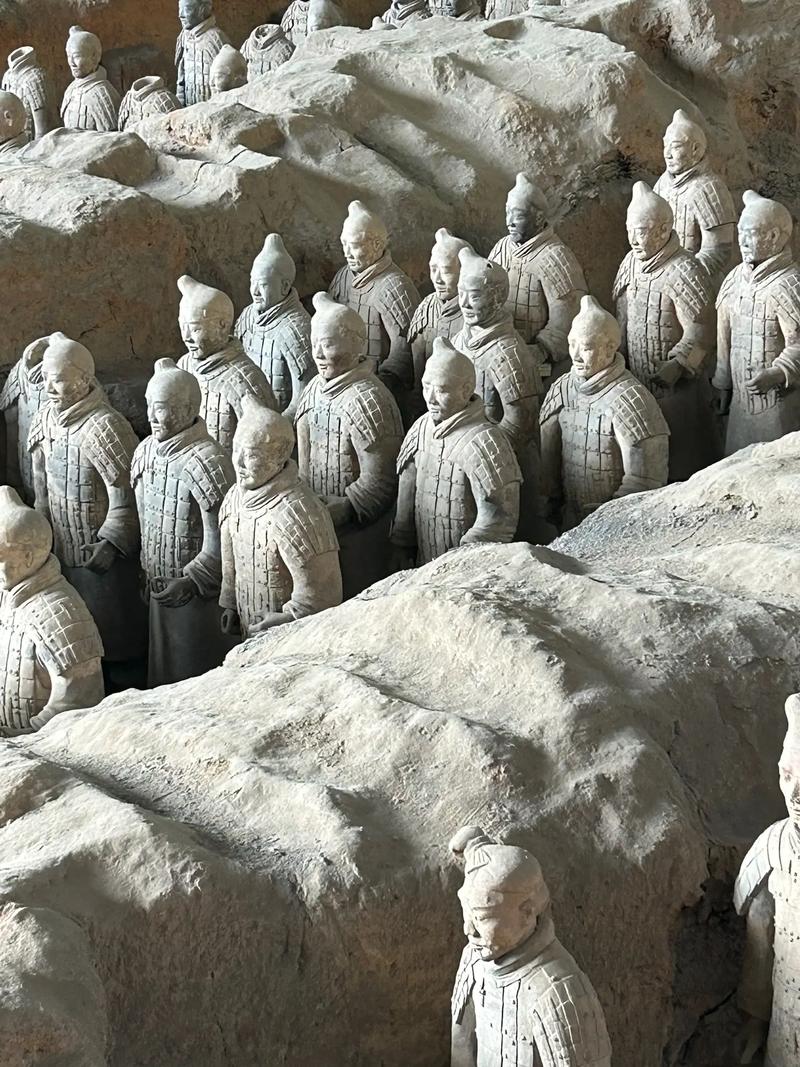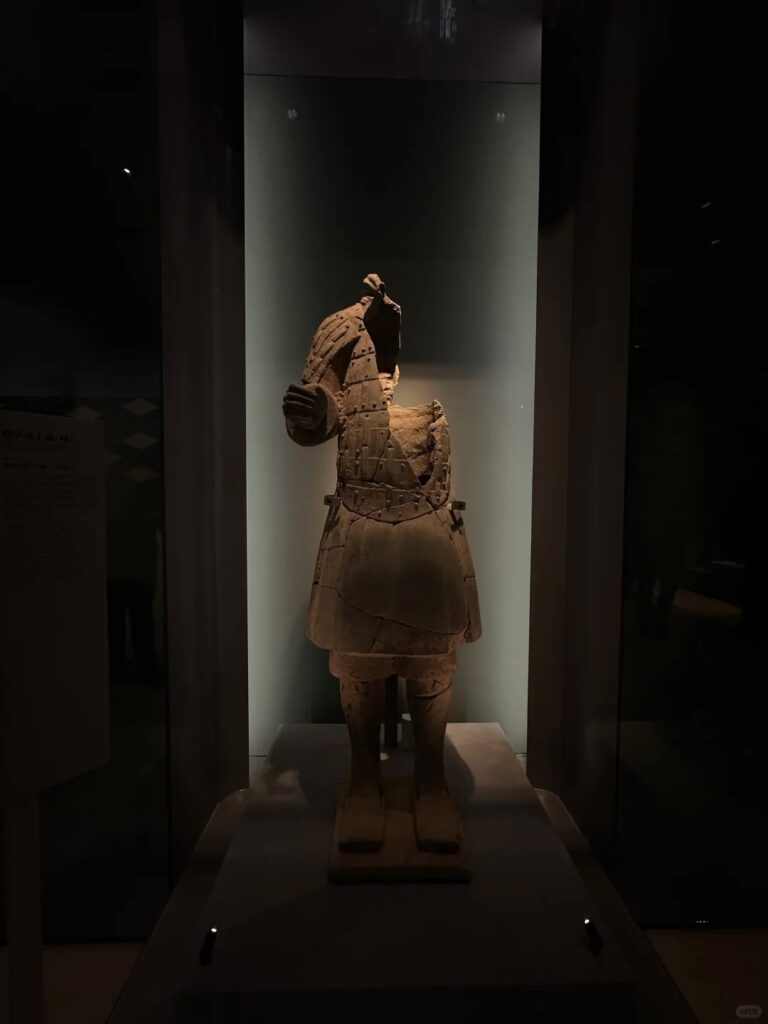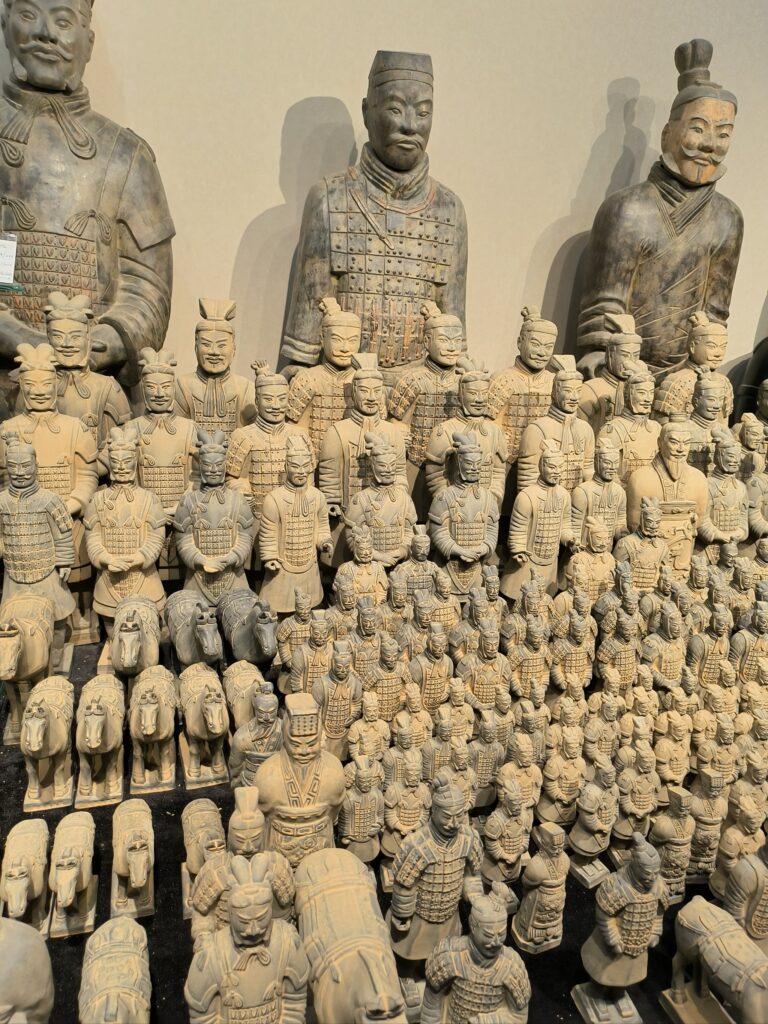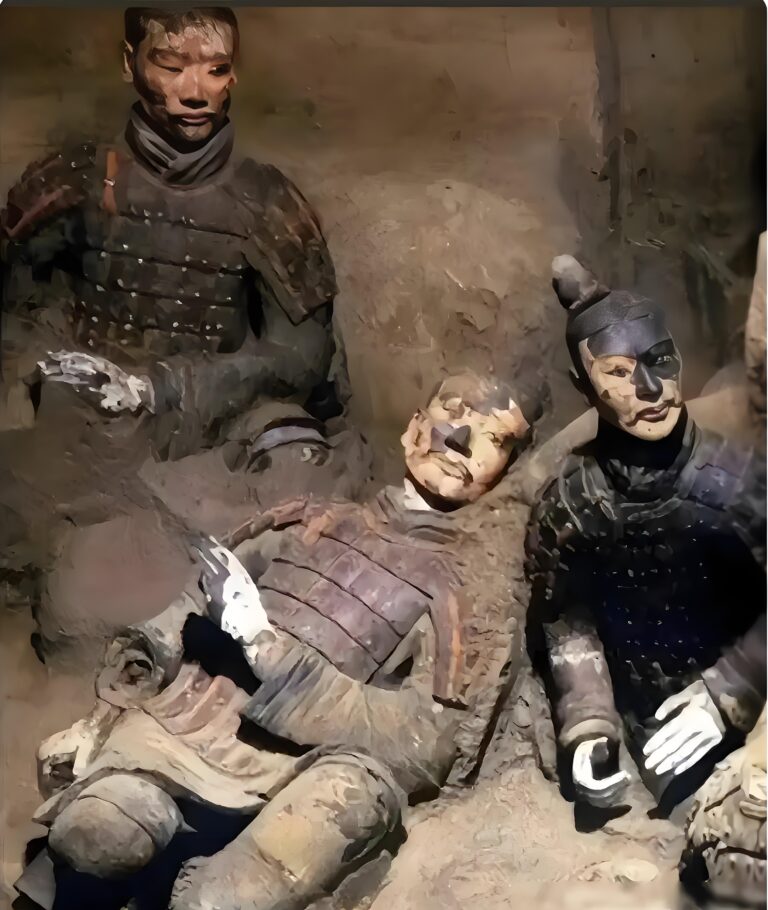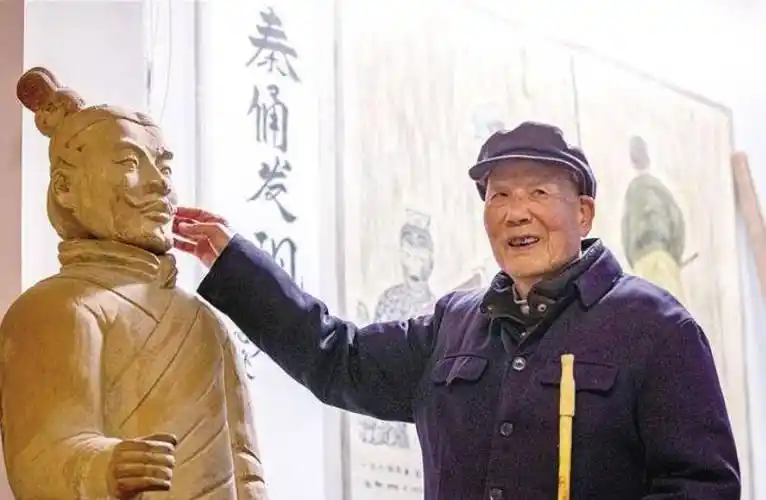Are there any female Terracotta Warriors?
Were There Female Warriors in China’s Terracotta Army? The Surprising Truth
Standing before Pit 1 in Xi’an’s Terracotta Army museum, you’ll see thousands of clay soldiers frozen in battle formation. Armored and armed, they seem ready to fight for China’s First Emperor, Qin Shi Huang. Many American visitors wonder: “Could there be female warriors in this ancient army?” Let’s uncover the truth.
Women in Real Qin Dynasty Warfare
First, let’s travel back 2,200 years. Historical records and archaeology confirm women did participate in Qin military efforts:
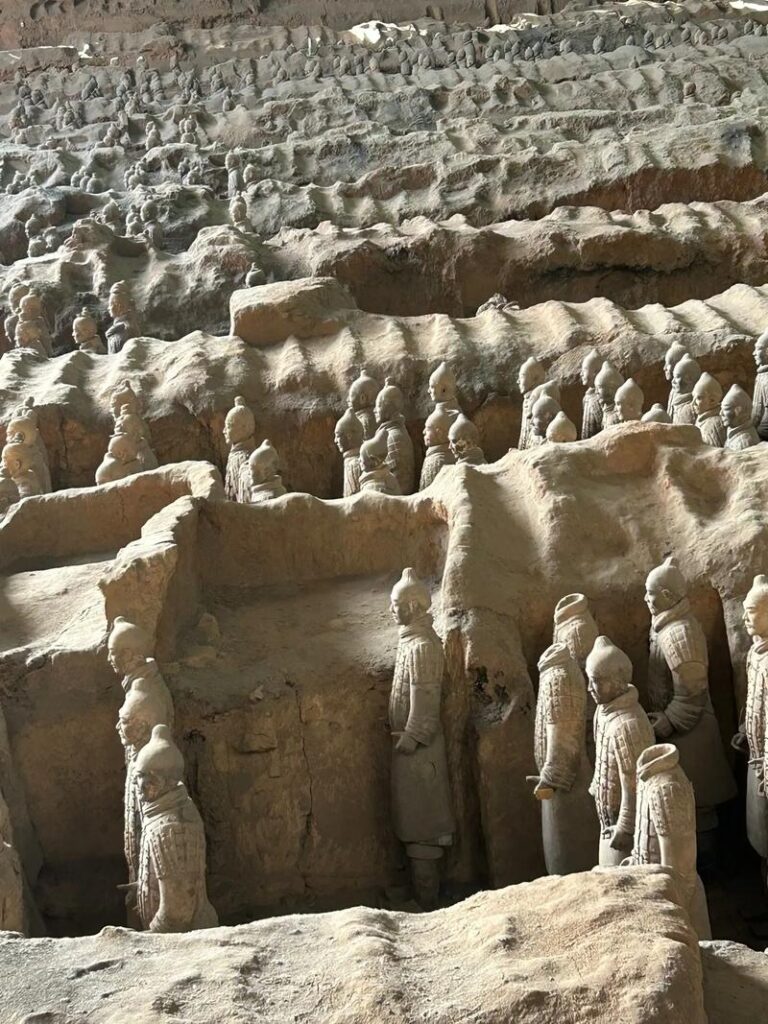
- Bamboo slips excavated in 1976 at Shuihudi, Hubei, tell of a woman (“Little Woman”) rewarded for battlefield valor.
- Qin law even allowed women to earn freedom for family members through military service – rare in the ancient world.
- Women commonly supported armies by transporting supplies, repairing armor, and nursing wounded soldiers.
- During invasions, some women took up weapons to defend their homes.
Clearly, Qin women played military roles – just not as frontline fighters.
The Clay Army: An All-Male World
But inside the Terracotta Army pits, the story changes:
1. Archaeological Proof: Zero Female Figures
- After decades of excavation, over 2,000 complete statues have been reconstructed.
- All show male features: angular jaws, visible Adam’s apples, muscular builds.
- No statues display female anatomy.
2. Military Roles: Men Only
- Infantry, cavalry, officers, charioteers – every combat position is held by male figures.
- Hairstyles, armor, and boots all match Qin-era male soldiers.
Why No Female Warriors? 3 Historical Reasons
1. Military Rules
Though women served in support roles, the regular Qin army was male-only. These clay troops mirror that structure.
2. Social Attitudes
Despite women’s relative freedom in Qin society, “men govern outside, women govern inside” remained the norm. Craftsmen sculpted what they knew: an all-male fighting force.
3. Symbolic Power
Qin Shi Huang created this army to showcase imperial might. In 200 BC, male physiques symbolized strength and dominance.
The Emperor’s Tomb: Where Real Women Appear
While no female warriors exist in the pits, nearby discoveries reveal women’s fates:
1. The Concubine Tombs
- 41 small graves near the tomb contain young women’s skeletons (aged 15-30).
- Many skeletons are curled in forced fetal positions.
- Archaeologists believe they were the emperor’s concubines, buried alive with him.
2. Laborers’ Graves
- West of the tomb, graves of workers who built the mausoleum include female remains – likely laborers’ family members.
These finds show a grim truth: while clay soldiers replaced human sacrifices for the army, some women still suffered ritual burial.
Legendary Qin Women (Not in Clay)
Though absent from the Terracotta Army, real Qin women made history:
1. Widow Qing of Ba
- China’s earliest known female tycoon
- Built a fortune mining cinnabar
- Funded parts of the Great Wall
- Received special honors from Qin Shi Huang
2. Queen Dowager Xuan (Mi Yue’s Prototype)
- Qin Shi Huang’s great-grandmother
- Ruled behind the scenes for 40+ years
- Called the “Wu Zetian of the Warring States”
For Visitors: How to “Spot” the Evidence
At the museum:
1. Examine facial features: Look for beards, Adam’s apples, and strong jawlines (compare to delicate Han Dynasty female figurines in display cases).
2. Notice warrior types: Kneeling archers and generals emphasize male physicality and authority.
3. Visit restoration labs: See how statues are hollow inside – confirming no hidden remains.
Pro Tip: Watch the documentary The Reborn Army before visiting, and rent an English audio guide onsite.
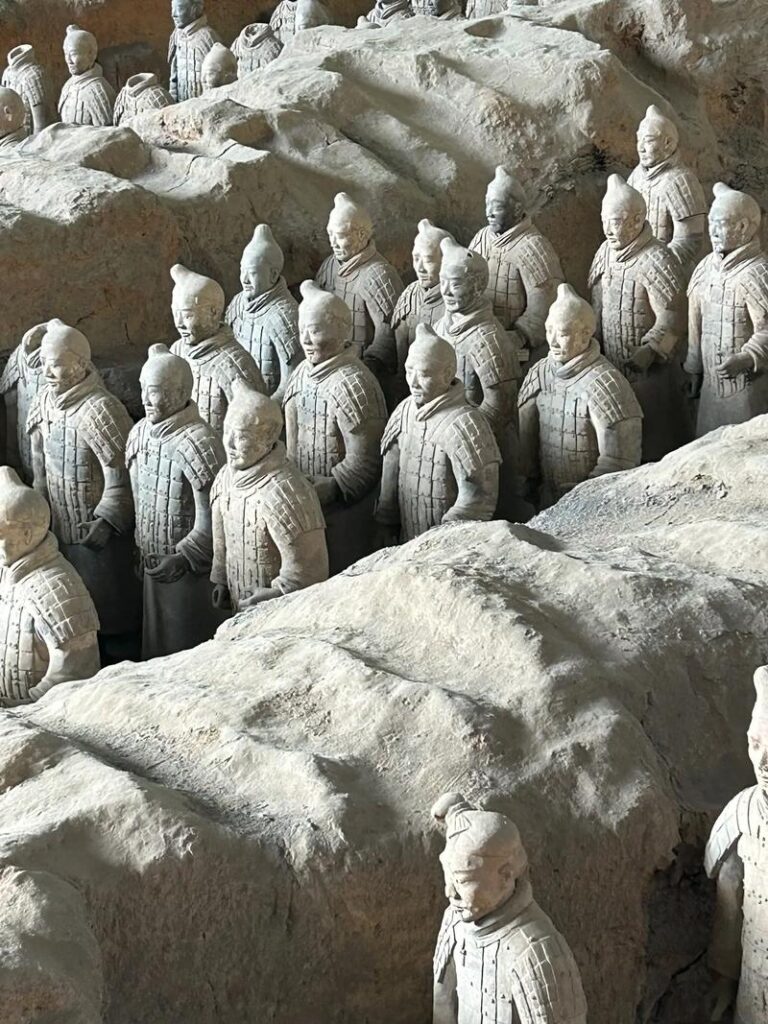
The Bigger Picture: What Silence Tells Us
The Terracotta Army’s missing women reveal a dual truth:
- It shows how Qin institutions excluded women from formal combat roles.
- Yet it points to their real (but invisible) contributions and sacrifices elsewhere.
These silent clay soldiers remind us: history often overlooks key voices. True understanding means seeing both what’s present and what’s absent. When you gaze at these ancient faces, remember the untold stories of Qin women – their resilience shaped China too.
History’s deepest echoes often come from stories left untold.

